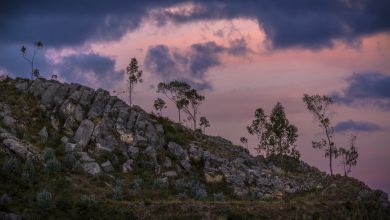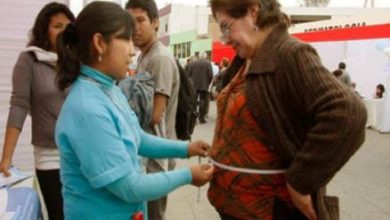Rain’s Cycle Here and There
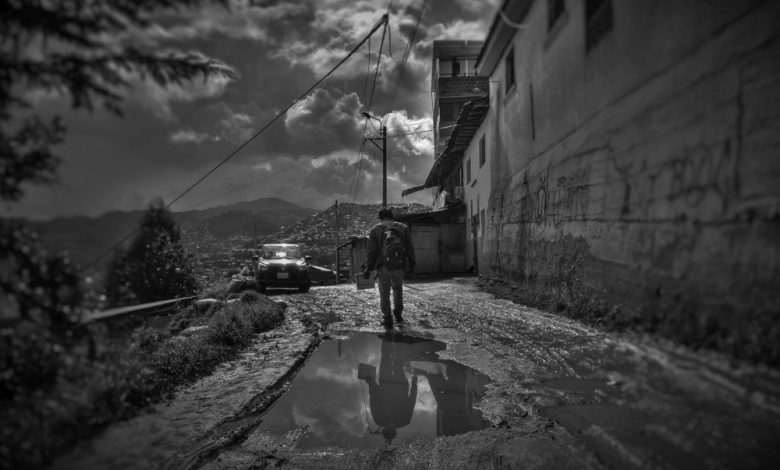
The rain came. It came with traffic stopping strength. As my windshield wipers whacked at drops countless as swamp mosquitos, my mind drifted over the different meanings of rain. In Utah, rain in April means an end to winter, a beginning of growth before summer’s heat turns the hills brown for lack of rain.
Rains come to Peru in October. The seasons are marked by rain and the absence of rain. It is also a time of great beauty. According to Cusco native and writer Herbert Huamani,
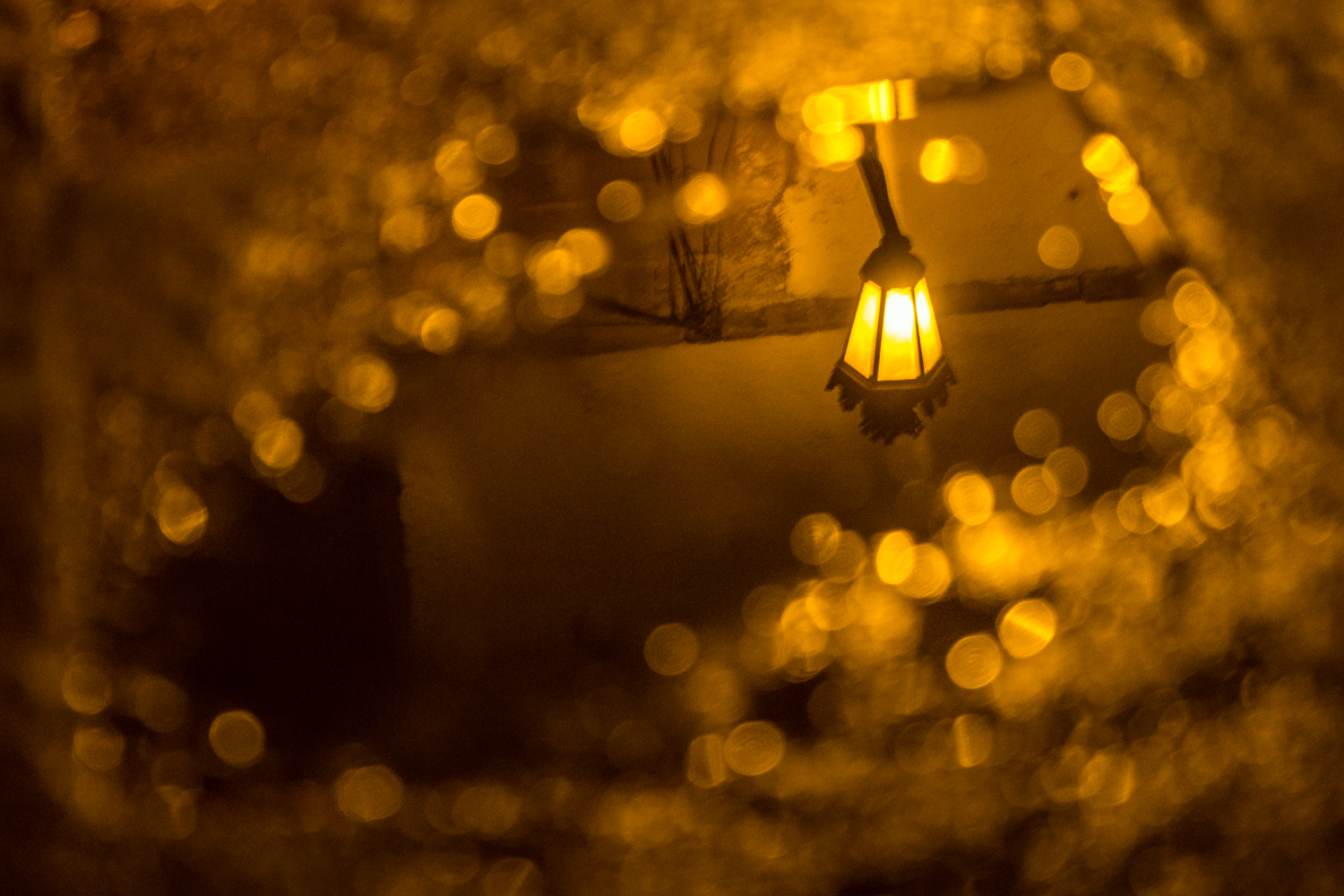
“It is wonderful to turn your face to the wind during the rainy season in Peru. In the City of Cusco, the sky is an explosion of colors in the late afternoons and dawns. The clouds in our blue sky are tinted with golds, yellows, oranges, and grays. Some days begin cloudy and rainy, while other days the sun shines and bird song fills the air, filling us with joy”.
In Utah, The snow recedes, the rivers begin to stretch beyond their banks in their race downhill. Not all the rains are welcome. Rain, the bringer of life may also be a harbinger of death.
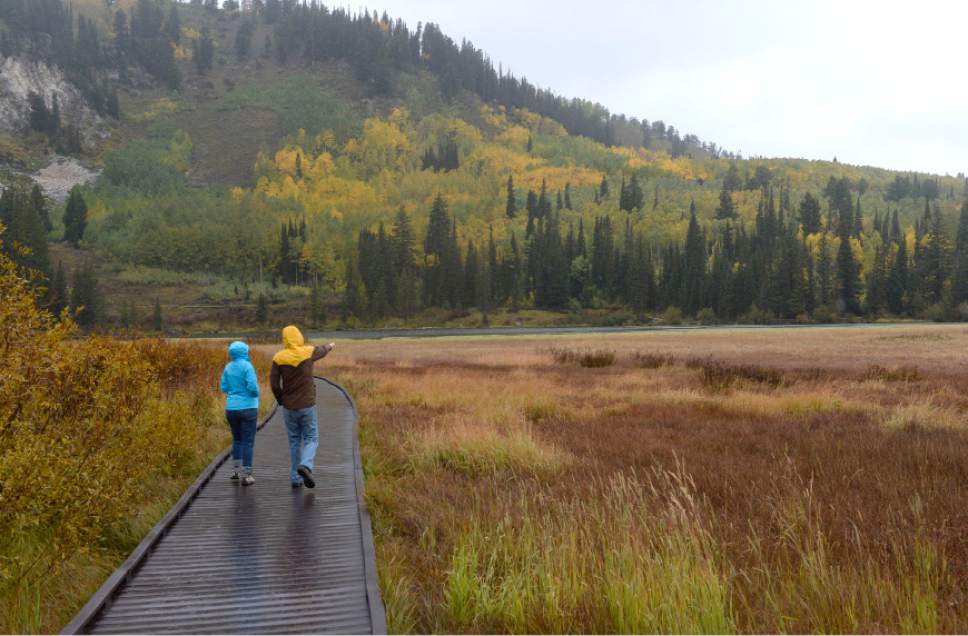
A little boy plays at the edge of the seasons, unpredictable as little boys may be. We call him “El Niño”. His sister “La Niña” also plays. She is quieter and receives less media attention. According to accuweather.com,

“La Nina is described as cooler-than-normal sea surface temperatures in the central and eastern Pacific Ocean, near the equator off the west coast of South America. El Nino is… the totally opposite and attention grabbing brother. This is described as warmer-than-normal sea surface temperatures in the same area of the Pacific Ocean”
Why the concern about a little temperature rise (el Niño) or drop (la Niña) in the ocean temperatures? When the temperatures rise along the coast of Peru, the rainfall increases dramatically. The trade winds move the warm water, pushing it back from the coast of Peru towards the east. This causes an upwelling – or the cooler water surfaces. This cooler water is laden with nutrients necessary for fish – and fishermen. When those warm waters cover the cooler waters, the fish may die, decimating the fishing industry. Evaporation increases, and rains along coastal Peru, normally dry, increase dramatically. The dryness that is usual along the coast moves west, causing more damage as crops dry, and the earth is thirsty.
This can lead to flooding, like the 1997 floods and landslides in Peru which caused an estimated $2 billion in property damage.
When the jungles receive more moisture than normal, the numbers of mosquitos rise, and death rates increase from yellow fever, dengue and malaria. According to a synopsis by the Center of Disease Control on the reemergence of malaria in Peru, “The height of the Amazon River at Iquitos depends on rainfall on the eastern side of the Andes Mountains as well as precipitation in Loreto. The height of the Amazon is related to malaria prevalence”. This direct correlation between increased rains and sickness has long been known to inhabitants of Peru.

The rivers race down from the mountains. They turn brown with silt and mud and rocks and trees and cars. In Utah, there are pumps in the desert to keep the water from flooding local industries, but some experts believe they will never be used again. Signs go up saying, “turn around, don’t drown”. Eighteen people were killed in floods last year in Utah.
The trade winds move the warm water, pushing it back from the coast of Peru towards the east. This causes an upwelling – or the cooler water surfaces. This cooler water is laden with nutrients necessary for fish – and fishermen. When those warm waters cover the cooler waters, the fish may die, decimating the fishing industry. Evaporation increases, and rains along coastal Peru, normally dry, increase dramatically.
The 2015-2016 season recorded the most “extreme SST (sea surface temperature changes (up to three degrees) in the central Pacific, with values higher than the records for the el nino 1997-1998 season. Nevertheless, during the decreasing phase of ENSO (El Nino Southern Oscillation) significant rainfall events may still occur.” It was significant to note that reduction of property loss may be due to preparedness by Peruvian people and response of Civil defense.

Rain falls. Soft Rain. A song from my childhood.
Looking to the past, I find that Peruvian farmers have faced the dangers of El Nino before. “Whole villages were washed away, plants rotted in the fields and people took refuge in the huacas.” And in true governmental fashion, it is recounted, “ As reports of flooding, disease, and crop failure reached the central government in Lima, officials responded in typical bureaucratic fashion: They prepared two questionnaires and sent an inspector up north to find out what had happened.” The date? 1578.
This cycle of water never ends. Beauty and death, growth and dying. Rain. In this season it begins in Utah and ends in Peru.


